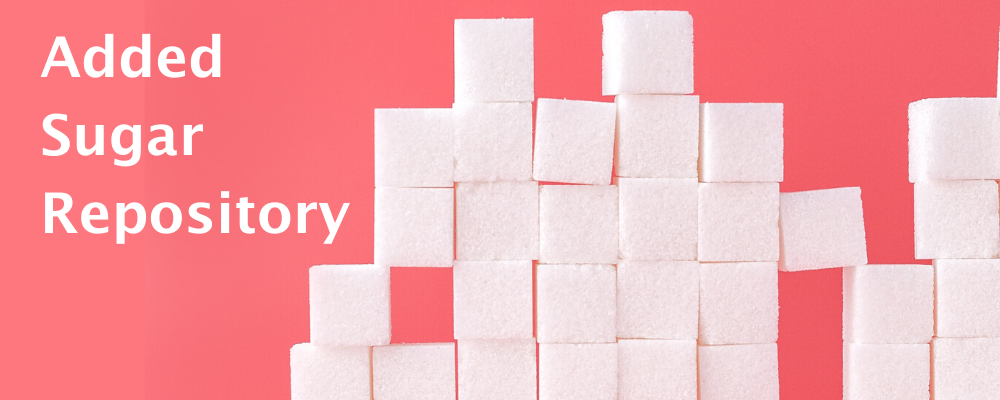
The Added Sugar Repository (ASR) was initially developed by the Eradicate Childhood Obesity Foundation (EChO), in collaboration with an innovative start-up called Perfact, to serve as a public reference for the different names of added sugar used in the U.S. food industry. This list of sugars extends beyond the information provided by the FDA and includes identified names and specific examples of U.S. food products for each added sugar.
How many names for sugar? Could you guess? There may well be hundreds of products and formulations of sugar that are added to our food supply. This particular list includes more than 250 names for sugar used in processed foods and beverages. The ASR extends beyond the information provided by the FDA and includes identified names and specific examples of U.S. food products for each added sugar. The ASR currently includes 262 names for sugar used in processed foods and beverages.
The average American currently consumes 17 teaspoons (71 grams) every day. That translates into about 57 pounds of added sugar consumed each year, per person. The World Health Organization has made consistent recommendations on limiting daily sugar intake. Likewise, the American Heart Association (AHA) recommends no more than 6 teaspoons (25 grams) of added sugar per day for women and 9 teaspoons (38 grams) for men. The AHA limits for children vary depending on their age and caloric needs, but range between 3 and 6 teaspoons (12 to 25 grams) per day.
For many years, added sugars were not listed on food labels causing a significant gap in knowledge in the general public. With the new FDA rule requiring added sugar to be listed on nutrition labels, we have a new opportunity to see what is really in our food. However, the food industry has already found loopholes that allow them to obfuscate or hide sugar content. The ASR helps the consumer understand the proliferating range of complicated and confusing terms being used for sugar, and informs consumers so they can make conscious food choices when shopping or eating out. Since the food industry actively develops new names for added sugar, consumers are encouraged to report new names not currently on the list and to join with a growing list of volunteers who support the Sugar Matrix project.
Note: Some sugars in this list are listed twice but vary by descriptive terms such “organic”, “local”, “fair trade“, or “non-gmo“ added to the name of the sugar by food manufacturers. These descriptive terms don’t change the chemical structure of the sugar; they are added to make the sugar more appealing to the consumer and have little or nothing to do with how the sugar is metabolized.
Click here to view the Added Sugar Repository hosted on the Hypoglycemia Support Foundation website.

